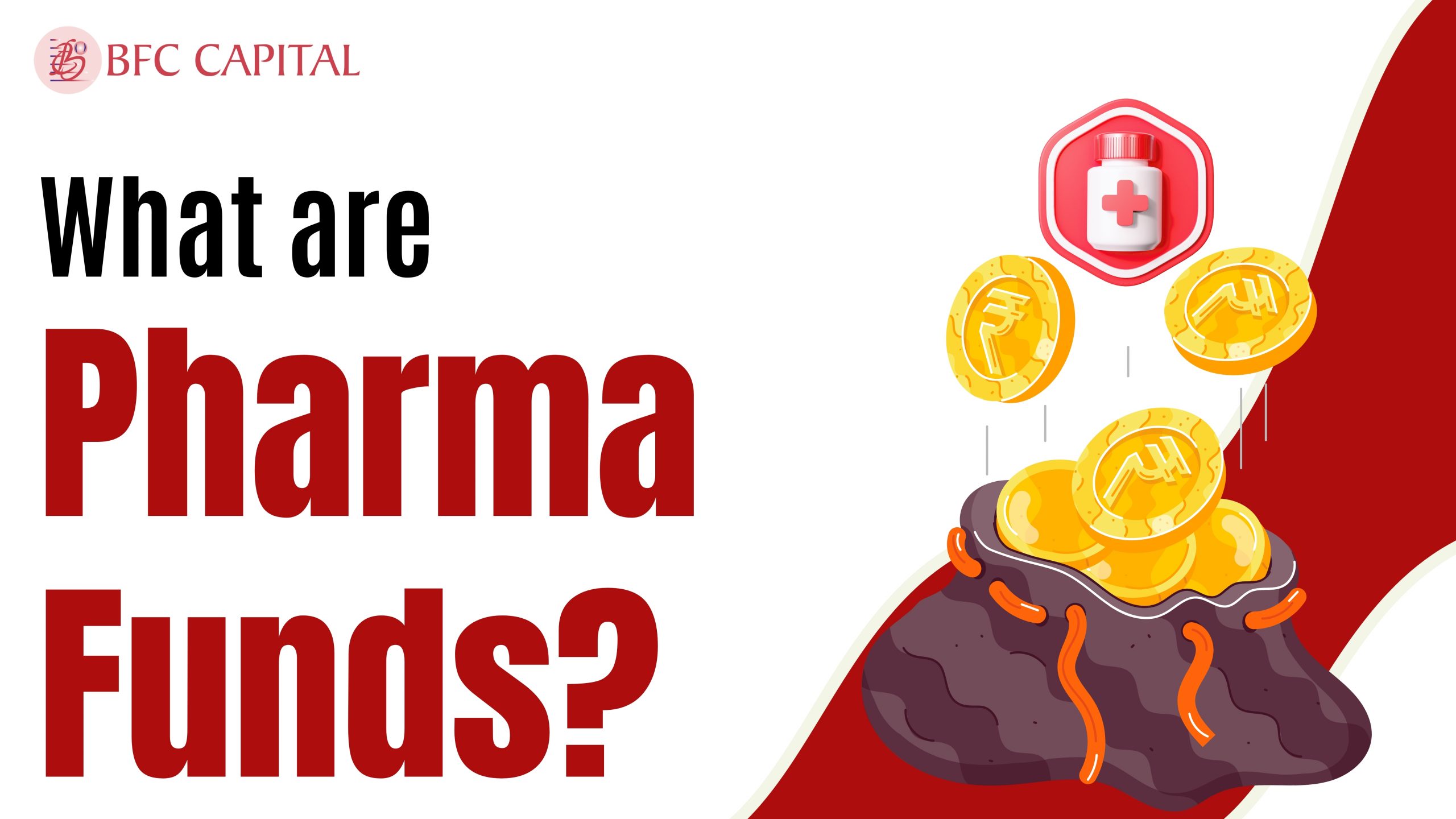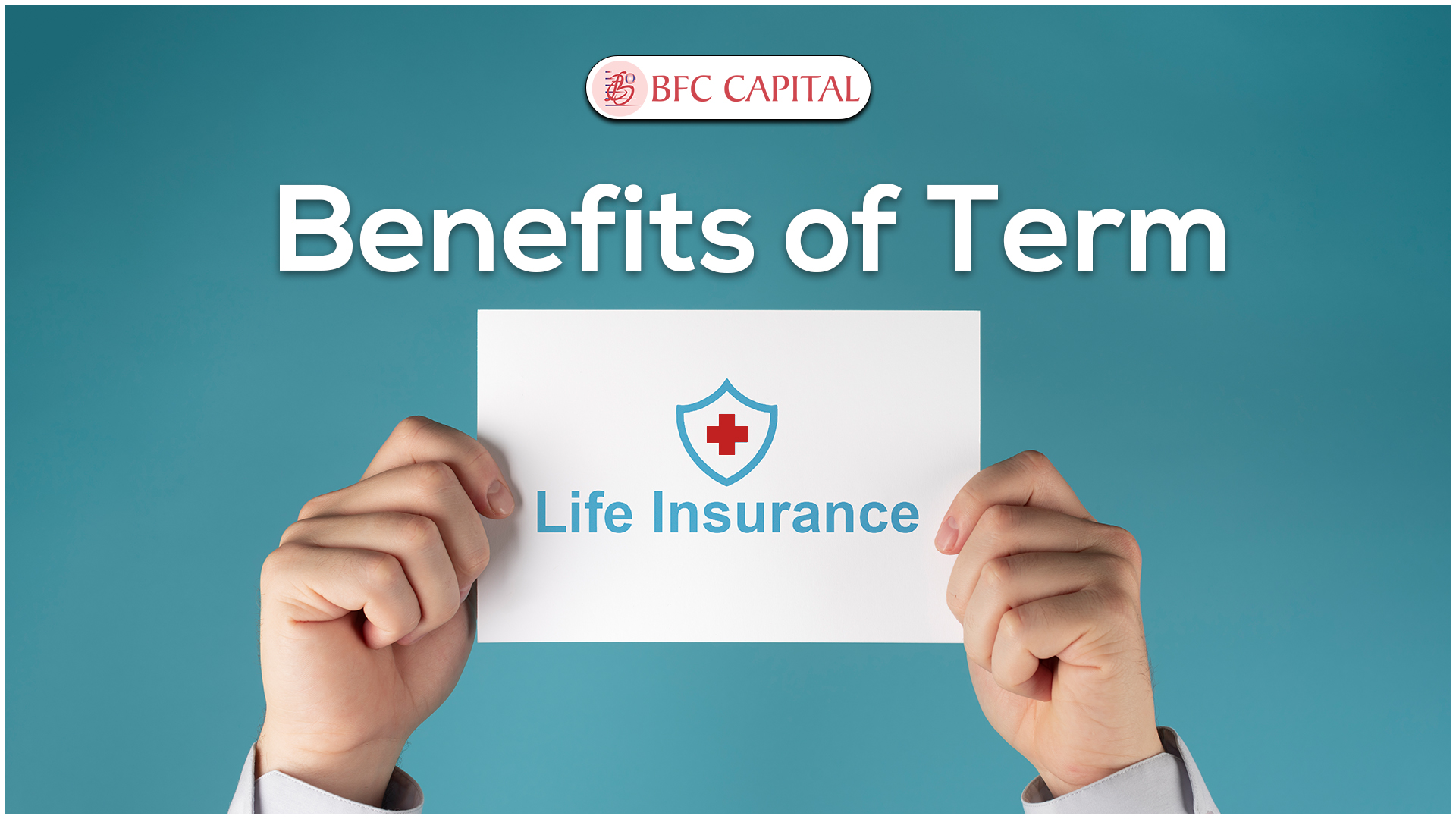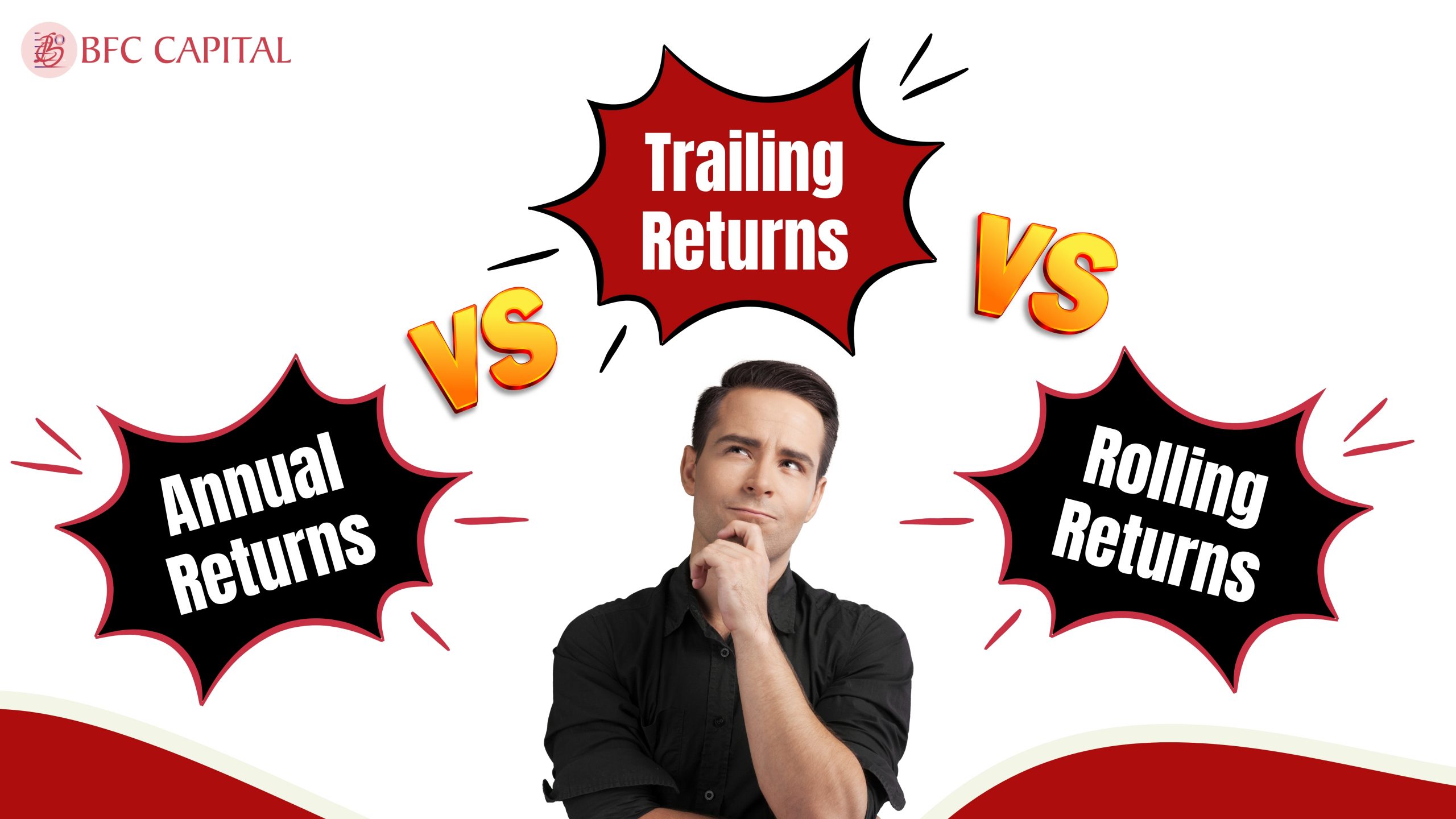
Imagine that the stock market is your work-life balance. You’re juggling a new job, social life, and personal growth in your 20s. This is like attempting to balance multiple stocks in your investment portfolio.
When you maintain a healthy work-life balance, it is the bull market. You’re working upward toward your career goals, enjoying your free time, and having a successful relationship. Your time allocation is well-distributed, just as the portfolio is well-diversified.
On the other hand, when you can’t create a balance, things get hectic. This is similar to the bear market. Deadlines, overtime, and social commitments pile up. You are overwhelmed and anxious. Your time allocation is out of balance i.e., your portfolio is constricted.
Volatility, within this context, is the constant shift between the two extremes. Some weeks you are satisfied with your performance, while others feel similar to drowning. It’s the ebb and flow of attempting to perfect your professional and personal life balance.
The blog will help you explore volatility in the market in detailed and simpler terms. As an investor or an enthusiastic participant in the financial landscape, explore how a volatile market is calculated, its types, and determining factors among other significant information.
Have you ever thought of Volatility in the Market as College Examinations?
Imagine another scenario where you’re a college student appearing for your semester exams. Each exam’s score equals the price of a stock. Just as your exam scores vary significantly from one exam to another, stock prices experience similar fluctuations.
Now, the extent of these changes should be applied to the market. The market also experiences such dramatic changes. If a student performs well on one test, scoring 95% but scoring 50% on the second test, their overall performance remains highly volatile. This scenario mirrors high volatility in the market. The prices swing dramatically in a short period. Depending on this, you might end up getting a high GPA such as investors seeking potential high returns. Or, you may face a possibility of failing i.e., in market terms, investors might face significant risks.
However, your performance is considered stable, if you score between 80-85% consistently in all the exams. This signifies a low volatile stock where prices are steadier but with potentially low returns on investment.
According to an article in Forbes Advisor, market indexes experience daily gains and losses. This unpredictability is also what constitutes the “volatility” of the market. Volatility in the market is the frequency of price movements – up or down. It is measured as the “risk factor” of indexes or stocks. The more frequently the price changes, the more volatile the market is – it is known as high volatility. Whereas, when the prices change slowly, it is a case of low volatility.
Just as you might take on challenging courses for a ‘chance’ to gain higher grades, investors seek volatile stocks for higher returns. As a college student, you can take the necessary steps, but your results are not set in stone. Several external factors such as a medical emergency may derail your plans. Similarly, market fluctuations wreak havoc on investors. To understand how these fluctuations are assessed, let’s discuss the types of volatility.
Historical Volatility versus Implied Volatility: Exploring their Basis of Division
According to the timeframe being measured, there are two types of volatility – historical and implied volatility. Historical volatility studies the past, while implied volatility considers the future.
Historical Volatility: Assume that you’re analyzing your work-life balance over the past month. You look at your calendar and see the time you spent working, relaxing, and socializing. This is how historical volatility is calculated. It measures how much the stock prices fluctuated from its neutral point.
In market terms, it locates the past market movements – how much the price deviated from the average in the last year. This helps you pinpoint whether a stock was generally showing growth or loss in the past or has been relatively stable.
High historical volatility indicates that you had intense work periods followed by burnout leading to an erratic work-life relation. Similarly, market volatility signifies substantial price swings in securities due to uncertainty resulting in increased risk for investors.
Meanwhile, low historical volatility indicates you maintained the neural factor i.e., there was a consistent balance between work and personal life. Your schedule during this period was quite predictable. Such is the case of low historical volatility. The predictable environment for investors increases stability and steadiness in security prices, creating. It implies a reliable return on investments and lower risk.
Implied Volatility: Implied volatility looks ahead. Imagine that you’re planning the next month. You anticipate specific projects, commitments, and social events. After jotting these down on your calendar, you try to predict how much your work-life balance will fluctuate. Implied volatility measures the expected change in your work-life balance in the future.
Using market terminology, you may summarize that implied volatility measures the expected price or change in the stock price in the upcoming future. It is often indicated as a percentage. The higher the percentage, the more volatile a stock.
Understand that increased volatility is a sensitive situation, but it is inevitable. Instead, in long-term investments, this could be a key to successful investing. In simpler terms, it is “expected in the portfolio.”
At the end of the day, market volatility isn’t static, just like the market itself. The movement depends on significant factors specific to different companies and domains, economy, risk appetite, geographical outlook, and others.
How Does the India Volatility Index (VIX) Measure the Volatility in the Market?
The Indian Volatility Index, or India VIX, was developed by the National Stock Exchange in 2008. calculates the “expected volatility” in the market in the Nifty 50 Index over the next 30 days. It considers factors such as expiry time, stock market price, risk-free rate, volatility, and strike price among others. The end goal is to gauge the fear or confidence factor of the traders in the market by analyzing the ask and bid prices of the next month as well as near NIFTY options contracts on the NSE.
Imagine that your work-life balance has fluctuated terribly. You undergo stress and anxiety due to this. Your body is the stock market. Just as the market has ups and downs, the good and bad days you experience now fluctuate similarly.
Indian Volatility Index (VIX) is similar to your body’s stress meter. It helps harness how the market is “expected” to move or fluctuate in the upcoming 30 days. When you’re calm your stress levels are low. Low VIX indicates a relaxed state i.e., a stable and confident market. Meanwhile, when you’re under high stress, you feel overwhelmed, tensed, and have a high heart rate. This is equal to the market having a high VIX, less trader confidence, or being in turmoil.
How does the India VIX work?
When your body reacts to stress, it releases hormones that create physical symptoms. When the market is volatile, there would be certain shreds of evidence. India VIX analyzes the index and options prices to highlight investors’ sentiments, the news inflow and outflow, and the overall economic environment in India.
Similarly, when investors are anxious or under high stress, they are more likely to buy options increasing the Volatility Index. Therefore, the India Volatile Index (VIX) successfully highlights the market’s potential for volatility just as you use your body’s signals to understand how healthy you are.
Determining Factors: What Can Affect the Volatility in the Market?
A major portion of investors’ attitudes toward volatility depends on the fear-greed battle. When the prices are up, they offer precedence to greed, ignoring the potential risks. However, when fear takes over greed when risk overshadows the returns, investors wish they had implemented investment strategies differently.
Panic and uncertainty are integral factors.
Other factors that affect the level of uncertainty, thus, causing volatility in the market are –
- Company is speculation-driven: Your company’s goals depend on future earnings rather than existing ones. When valuations are based on specific anticipations i.e., high future earnings, positive stock price fluctuations, uncertainty, and market sentiment then an uncertain outcome, overhyped return potential with inflated valuations, and stock prices influenced by analyst opinions are drivers of market volatility.
- Seasonal changes: When the seasonal changes are regular, the fluctuates remain readable due to recurring elements. But, oftentimes, share prices exhibit unprecedented movements during significant dates such as quarterly earnings announcements.
- Stages of the economic cycle: Specific businesses may be more susceptible to market movements during different economic cycles. For example, airlines and automakers thrive during economic expansions. However, due to declining consumer demand and business travel, they suffer during recessions.
- Fear-inducing events: The Russian-Ukraine conflict caused widespread economic concerns. Russia, as a major oil and gas exporter, faced sanctions. This ignited fear of shortages and inflation and disrupted the global energy supply. Consequently resulting in a surge of oil prices that created a highly volatile energy market.
Investors due to such a significant geopolitical conflict were uncertain of how long the conflict and sanctions would last. Thus, they panic-adjusted their portfolios to cause rapid price movements.
These factors cannot be neutralized. While they can be used to assess the market volatility. So, the simple advice is to stay calm, focus on long-term safe investment alternatives, and avoid making rash decisions.
Find A Rhythm To Neutralize the Impact of A Volatile Market!
Market volatility is like the ups and downs of your work-life balance. When your life is volatile, decisions should not be made in haste. Thus, when the market downturns, it is necessary not to sell stocks in a panic. In life, you find a sustainable rhythm to thrive in both areas. Hence, during market fluctuations, remain steady, build a strong portfolio, and wait for the market to rebound. Focus on long-term goals and map strategies to manage stress i.e., curate a well-diversified portfolio!
Please share your thoughts on this post by leaving a reply in the comments section.
Also, check out our recent post on: “What is Value Investing? How does it work?“
To learn more about mutual funds, contact us via Phone, WhatsApp, Email, or visit our Website. Additionally, you can download the Prodigy Pro app to start investing today!
Disclaimer – This article is for educational purposes only and by no means intends to substitute expert guidance. Mutual fund investments are subject to market risks. Please read the scheme-related document carefully before investing.








Name: The Psychology of Bull Vs Bear Markets - BFC Capital- Blogs : All Financial Solutions for Growing Your Wealth
says:[…] volatile markets, there is a method many people use for making more profit that is known as rupee cost […]
Name: What is Compound Interest—Meaning, Formula, and How to Calculate? - BFC Capital- Blogs : All Financial Solutions for Growing Your Wealth
says:[…] Also, check out our recent post on: “What is Volatility in the Market?“ […]